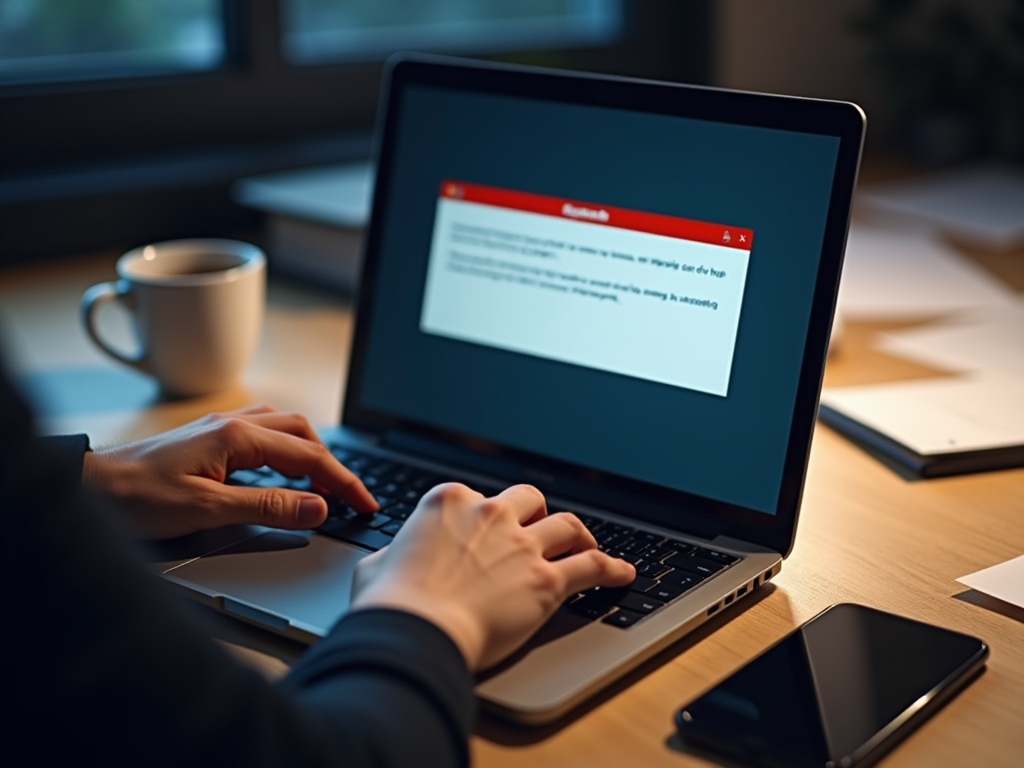When electronic devices encounter software issues, users often find themselves facing frustrating delays, crashes, and unforeseen challenges. The intricate relationship between software and hardware means that problems can arise at any moment, impacting productivity and enjoyment of technology. Whether it’s a smartphone, laptop, or tablet, knowing how to navigate these issues can empower users to take control of their devices. With the right knowledge and troubleshooting techniques, software issues become less daunting and more manageable. This article aims to equip you with insights on identifying, diagnosing, and resolving common software problems. By understanding the landscape, you will be better prepared to tackle any software-related hiccups that come your way.
Understanding Common Software Issues

Software issues can manifest in a variety of ways, particularly across different electronic devices. Understanding these common problems is a critical first step towards effective resolution. They often vary in severity, from minor glitches to significant malfunctions that impede daily use. Some issues can be resolved quickly while others may require a deeper dive into diagnostics or even professional assistance. By being aware of the common problems, users can better prepare for potential resolutions. Let’s breakdown some frequently encountered software issues:
- Crashes and Freezes: These interruptions can happen without warning, often leaving users frustrated as they lose unsaved work.
- Slow Performance: Many users report their devices lagging during operation, which may be due to software inefficiencies or resource hogging.
- Incompatibility: Problems can arise when software is not compatible with the device or its operating system, leading to crashes or failure to install.
- Updates Failing: Failing software updates can leave devices vulnerable to security risks and can often impede functionality.
Diagnosing Software Issues

Before attempting to fix a software problem, it is essential to accurately diagnose the issue. Proper diagnosis involves a few vital steps that can streamline the problem-solving process. It may be beneficial to take notes during this phase, especially if multiple attempts at resolution are required. Here are steps that can help in diagnosing software issues:
- Reproduce the Issue: Try to determine if the problem occurs consistently or only under specific conditions.
- Check for Error Messages: Noting any specific error codes or messages can provide invaluable clues for troubleshooting.
- Identify Recent Changes: Consider whether recent software updates, new installations, or any configuration changes have been made.
By employing these steps, one can efficiently narrow down the cause of the issue at hand. Understanding the context behind software failures can be as crucial as the failures themselves. Once the diagnosis is clear, we can move on to troubleshooting.
Troubleshooting Techniques
Once the software issue is diagnosed, several troubleshooting techniques can be employed to resolve it effectively. These techniques vary from simple, quick fixes to more complex procedures that may require additional time and patience. The preferred method should be chosen based on the severity of the problem and user’s comfort level with technology. Here are basic troubleshooting steps that anyone can utilize:
- Restart Your Device: A simple reboot can often solve many temporary software issues.
- Update Software: Keeping your device’s software up to date can fix known bugs and improve functionality.
- Clear Cache and Data: Freeing up space can significantly enhance performance and resolve minor glitches.
- Reinstall Applications: If a particular app is behaving erratically, uninstalling and reinstalling it might help.
For more persistent problems, you might consider advanced troubleshooting methods. These methods can sometimes require more technical expertise, but they can provide significant relief from ongoing issues.
| Basic Method | Description |
|---|---|
| Safe Mode | Booting your device in safe mode can help isolate software issues from hardware problems. |
| Factory Reset | A factory reset restores your device to its original state, eliminating persistent problems, but will erase all data. |
Preventing Future Software Issues
Preventative measures can save you from future headaches and enhance the overall performance of your electronic devices. By implementing best practices, users can mitigate the risk of software issues occurring again. Regular maintenance and mindful usage are key in this preventive approach. Here are several best practices worth considering:
- Regular Updates: Keeping all software and applications up to date reduces vulnerabilities and improves device performance.
- Regular Maintenance: Perform routine check-ups that include clearing cache or removing unused applications.
- Backup Data: Regularly backing up important files helps avoid data loss in case of major software issues.
Conclusion
Navigating software issues in electronic devices doesn’t have to be an overwhelming task. By understanding common software problems, employing effective diagnostic techniques, and implementing preventative practices, you can enhance your experience with technology. Empowering yourself with knowledge about troubleshooting and maintenance can lead to fewer disruptions. As technology continues to evolve, so too does the landscape of software challenges, making awareness and preparedness increasingly important. Embracing these strategies can pave the way for smoother and more effective use of electronic devices.
Frequently Asked Questions
- What should I do if my device keeps crashing? Restart the device, check for updates, and consider reinstalling problematic applications.
- How can I improve my device’s performance? Clear cache, uninstall unused applications, and ensure the operating system is up to date.
- Why does my software update keep failing? Check for sufficient storage space, ensure a stable internet connection, and restart the device before trying again.
- What are the risks of performing a factory reset? A factory reset will erase all data on the device, so it is crucial to back up important files beforehand.



